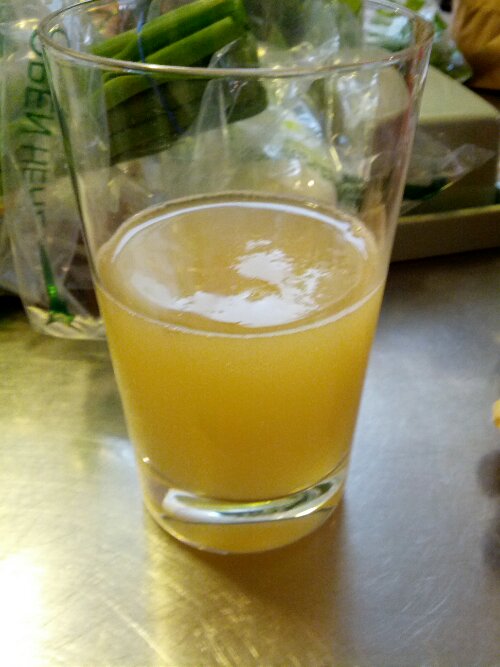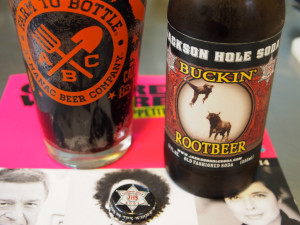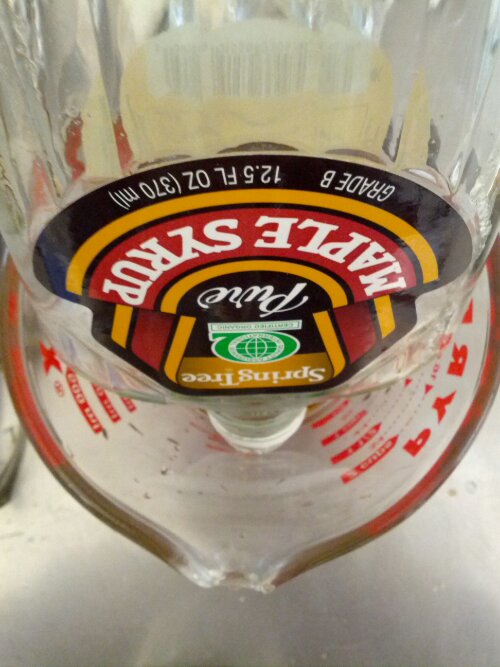I already took a look at two of the ingredients most frequently included in Root Beer, Sassafras and Birch Bark, a third essential ingredient is Sarsaparilla.
“—An Alterative Mixture—
1 lb. Rio Negro Sarsaparilla root, or in place of it Stillingia Sylvatica; 6 OZ. rasped guaiac wood; aniseed and liquorice root bruised 2 OZ. of each; 1 lb. molasses; 1 OZ. Mezereon root-bark and 6 Cloves. Put all these into 2 gallons of boiling water and shake vessel well. When fermentation starts, take 4 fluid ounces three times daily.”
Hm, that sounds an awful lot like Root Beer right there!
But it turns out the reason people were drinking this preparation of Sarsaparilla was that it was among the most popular treatments of Venereal disease in the 1400s through to the 1600s, especially in Europe and among the Spanish settlers of the New World..
Even though time and clinical practice had showed Sarsaparilla to be largely ineffective, it is claimed it still had enough popular currency by the 17-1800s that patrons would drink Sarsaparilla tea after visiting houses of ill repute, in hopes of staving off Veneral disease. Sort of gives a different perspective on the cowboy ordering a Sarsaparilla, eh?
According to some, the Soft Drink called, “‘Sarsaparilla’ apparently made its debut as a patent medicine, an easy-to-take form of sassafras, much as Coca-Cola was first marketed in 1885 as a remedy for hangovers and headaches.”
But, uh, both Sarsaparilla and Sassafras were used to treat Syphilis? Birch Bark and Wintergreen both had Analgesic properties? I think I’m beginning to see a pattern here regarding the medicinal needs among the early Americans.
Finally, in modern Jamaica, it is often a part of various Root Tonics and thought to increase sexual potency and stamina in both women and men.
Sarsaparilla transcription from M. Grieve’s Modern Herbal, circa 1900.
“—Synonyms—Smilax Medica. Red-bearded Sarsaparilla.
“—Part Used—Root.
“—Habitat—Central America, principally Costa Rica.
“—Description—This plant derived its name from being exported to Europe through Jamaica. The word Sarsaparilla comes from the Spanish Sarza, meaning a bramble, and parilla, a vine, in allusion to the thorny stems of the plant. This is a non-mealy Sarsaparilla. It is a large perennial climber, rhizome underground, large, short, knotted, with thickened nodes and roots spreading up to 6 or 8 feet long. Stems erect, semiwoody, with very sharp prickles 1/2 inch long. Leaves large, alternate stalked, almost evergreen with prominent veins, seven nerved mid-rib very strongly marked. Flowers and fruit not known. Cortex thick and brownish, with an orange red tint; when chewed it tinges the saliva, and gives a slightly bitter and mucilaginous taste, followed by a very acrid one; it contains a small proportion of starch, also a glucoside, sarsaponin, sarsapic acid, and fatty acids, palmitic, stearic, behenic, oleic and linolic.
“Jamaica Sarsaparilla was introduced in the middle of the sixteenth century as a remedy for syphilis, and later came to be used for other chronic diseases, specially rheumatism. It is a mild gastric irritant due to its saponin content. The smoke of Sarsaparilla was recommended for asthma. It is also very useful as a tonic, alterative, diaphoretic and diuretic. Its active principle is a crystalline body, Parillin or Smilacin.”
“Particularly indicated for inveterate syphilis, pseudo-syphilis, mescurio-syphilis and struma in all its forms. Also valuable in gonorrhoeal neuralgia and other depraved conditions of the system as well as for other diseases treated by other varieties.”
Whatever Happened to the Soft Drink Sarsaparilla?, Cecil Adams, The Straight Dope, 1977
“Sarsaparilla is still around, but it takes a little poking to turn it up. The drink, which tastes a great deal like root beer, is still popular in some parts of the U.S. — the folks in Pittsburgh, I understand, are crazy about the stuff. Although none of the major soft-drink manufacturers markets a national brand, all continue to make the flavor base available to any local bottler who cares to market sarsaparilla on his own. Many cities have a specialty store or two that carries these brands; ask around.
“You might think that sarsaparilla would be made from extract of the sarsaparilla plant, a tropical vine distantly related to the lily, but you’d be wrong. It was originally made (artificial flavors have taken over now, of course) from a blend of birch oil and sassafras, the dried root bark of the sassafras tree. Sassafras was widely used as a home remedy in the nineteenth century — taken in sufficient doses, it induces sweating, which some people thought was a good thing. Sarsaparilla apparently made its debut as a patent medicine, an easy-to-take form of sassafras, much as Coca-Cola was first marketed in 1885 as a remedy for hangovers and headaches.
“Why isn’t sarsaparilla popular anymore? Basically, it just lost out to cola, like almost every other flavor you could name. Root beer, sarsaparilla’s closest cousin and once America’s most popular soft drink, now accounts for less than 4 percent of the national market. Sarsaparilla’s share is too small to be measured.
Medicinal benefits of Sarsaparilla
“The sarsaparilla plant is used in Jamaica for a number of its believed benefits. It is most popularly used today as a base for tonic drinks that are believed to not only serve as an aphrodisiac but also as a way to increase sexual stamina and libido. The plant is also believed to beneficial in the treatment of syphilis and chronic diseases such as asthma and rheumatism. Sarsaparilla is also used to treat gouts, fevers, colds, arthritis, gas and persistent belly aches. There are also some that use the herb to help increase muscle mass due to the high levels of testosterone that are found in the plant.
“Although there is a widespread belief in the benefits of sarsaparilla on the island, there are no concrete scientific research that proves these varying benefits. The side effects of continuous use of the herb have also not been definitively highlighted by scientific evidence. Despite this, there are locals that will swear by the medicinal properties of the herb.”
Keith Lorren Jamaican Roots Tonic
“Sarsaparilla: The root of Jamaican Sarsaparilla is used to treat rheumatism, arthritis and other pains. It is used to remedy skin conditions, such as, acne, eczema, psoriasis, ring worm and scrofula diseases. It is said to cure syphilis. It is a good blood purifier. It helps to break up infections in the body by eliminating wastes through urine and perspiration. It supports the proper functioning of the liver and colon. It is an ingredient in many tonics for general well-being. Sarsaparilla is regarded as an aphrodisiac, and especially prized by Jamaican men. It balances the hormones in both males and females. It is recommended as an antidote for any strong poison but should be taken on a clear stomach. It is used to relieve flatulence and is also used as an eye-wash as well as relief for colds, fever, and as a hair growth hormone. Sarsaparilla contains the plant steroids sarsasapogenin, smilagenin, sitosterol, stigmasterol, and pollinastanol; and the saponins sarsasaponin, smilasaponin, sarsaparilloside, and sitosterol glucoside, among others. The majority of sarsaparilla’s pharmacological properties and actions have been attributed to these steroids and saponins. The saponins have been reported to facilitate the body’s absorption of other drugs and phytochemicals, which accounts for its history of use in herbal formulas as an agent for bioavailability and to enhancement the power and effect of other herbs.”












